As coffee consumption scenarios become increasingly diversified, Mobile Coffee Food Truck has become a popular choice for independent baristas, small and micro brands, and cross-border entrepreneurs with its three major advantages of “flexible mobility, low-cost operation, and immersive experience”. This type of food truck takes coffee as its core, integrates light meals, desserts, or creative drinks, and through the combination of “a car + a cup of coffee”, it can quickly enter fragmented scenes such as streets, events, and communities, and build a unique business model of “mobile coffee shops”. This article will analyze how mobile coffee food trucks can become a “lightweight solution” for coffee entrepreneurship from product description, core features, internal equipment to application scenarios.

Core features
1.Affordable price, quick return on investment
- Low procurement cost: Compared with high-end customized dining cars, the price of economical dining cars can be reduced by 30%-50%, which is suitable for entrepreneurs with limited budgets.
- Controllable operating costs: low-energy equipment, basic functional configuration and simple maintenance requirements reduce daily expenses.
2.Flexible adaptation, multi-category coverage
- Strong category compatibility: By replacing equipment (such as grills, fryers, steamers), you can quickly switch business categories (such as hot dogs, pancakes, oden, etc.).
- Wide scene adaptation: Suitable for scenes with low customer unit price but stable traffic such as communities, schools, industrial areas, and night markets.
3.Simple operation, lowering the threshold of manpower
- Standardized process: Basic equipment is easy to operate, and 1-2 people can complete the entire process of meal preparation and delivery, which is suitable for family business or part-time entrepreneurship.
- Convenient cleaning and maintenance: The equipment is detachable and easy to clean, reducing the risk of health inspections.
Internal equipment
1.Cooking area
- Single-head gas stove/electric oven: supports basic cooking methods such as frying, stir-frying, and baking, suitable for pancakes, grilled sausages, fried rice and other categories.
- Small fryer: can fry snacks such as French fries and chicken fillets to meet the needs of fast food.
- Steaming and cooking pot: used for steaming buns, corn or cooking oden, soup powder, etc., to improve the diversity of categories.
2.Storage and preservation area
- Single-door refrigerator: stores ingredients, sauces and beverages, with a capacity of about 100-200 liters to meet daily sales needs.
- Normal temperature storage rack: store tableware, packaging bags and dry goods in layers to optimize space utilization.
3.Processing and packaging area
- Simple workbench: stainless steel material, equipped with knife rack, seasoning cans and trash cans, supports food pretreatment.
- Manual packaging machine: suitable for basic packaging such as paper bags and plastic boxes to reduce equipment costs.
4.Water, electricity and safety system
- Basic water and electricity configuration: equipped with a small water tank (50-100 liters), a simple drainage trough and a 12V/24V lighting system to meet basic operational needs.
- Fire and safety equipment: standard fire extinguishers, smoke alarms and leakage protection devices, in line with safety regulations.
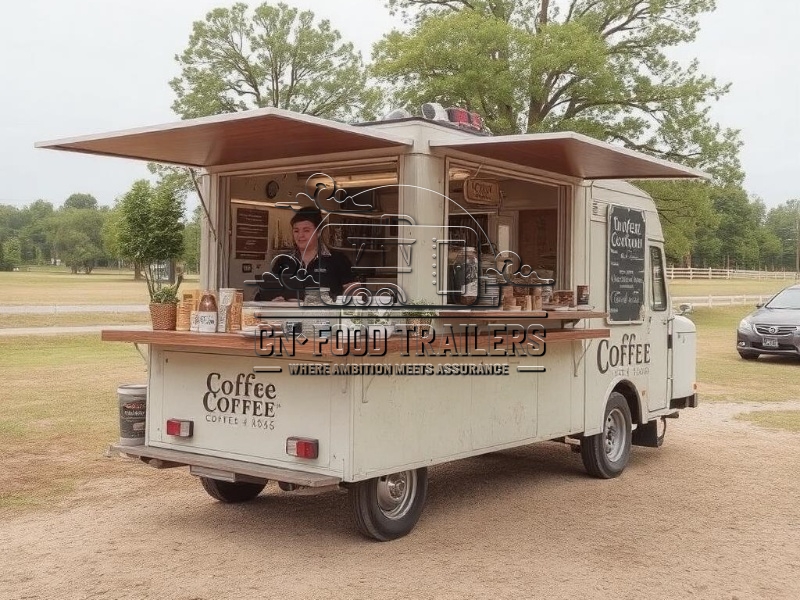
Application
1.Community and campus economy
- Breakfast and supper: provide low-priced breakfasts such as pancakes, hand-grabbed pancakes, soy milk, or supper such as grilled skewers and fried chicken in residential areas or around schools, covering commuters and student customers.
- Family business: couples or parents and children collaborate to balance work and life with the flexibility of dining cars.
2.Industrial areas and construction sites
- Worker meal: launch a 10-15 yuan economic meal (such as fried rice + drinks) to meet the workers’ high-cost dining needs.
- Mobile supply station: flexibly adjust the stop point according to the progress of the project to lock in a fixed source of customers.
3.Night markets and fairs
- Best-selling single products: Focus on a certain category (such as grilled cold noodles and stinky tofu), and create night market internet celebrity products through low-cost rapid trial and error.
- Festival limited: Launch seasonal snacks (such as candied haws and cotton candy) at temple fairs, lantern festivals and other scenes to increase short-term profits.
4.Enterprise and event services
- Tea breaks and delivery: Provide conference tea breaks and employee meal delivery services for enterprises, or undertake catering supply for small events (such as exhibitions and team building).
- Low-cost trial: Test the market feedback of new categories through dining trucks to reduce the risk of opening stores.
5.Rural and township markets
- Fairs and temple fairs: Provide traditional snacks such as steamed buns and fried dough sticks in township markets, or launch improved fast food (such as spicy strips and rolls) in combination with local characteristics.
- Agricultural product linkage: Sell local fruits and vegetables together to increase revenue sources.

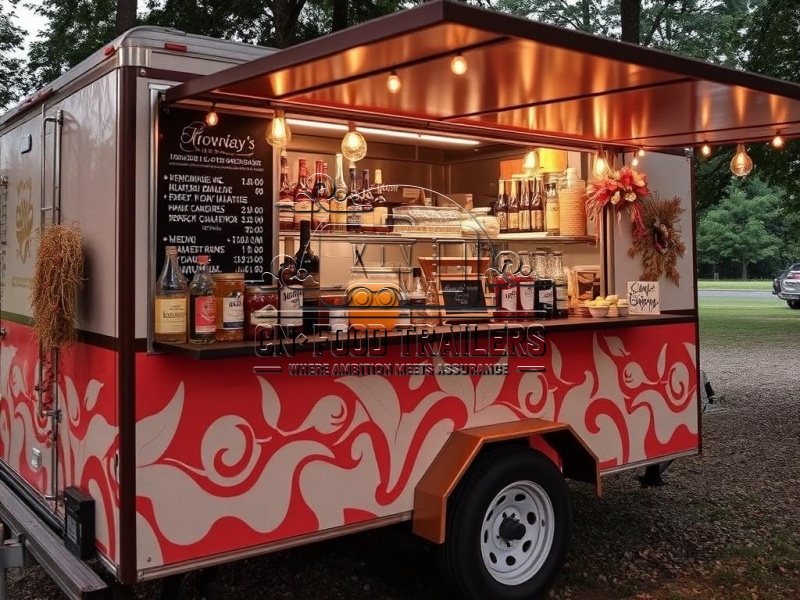
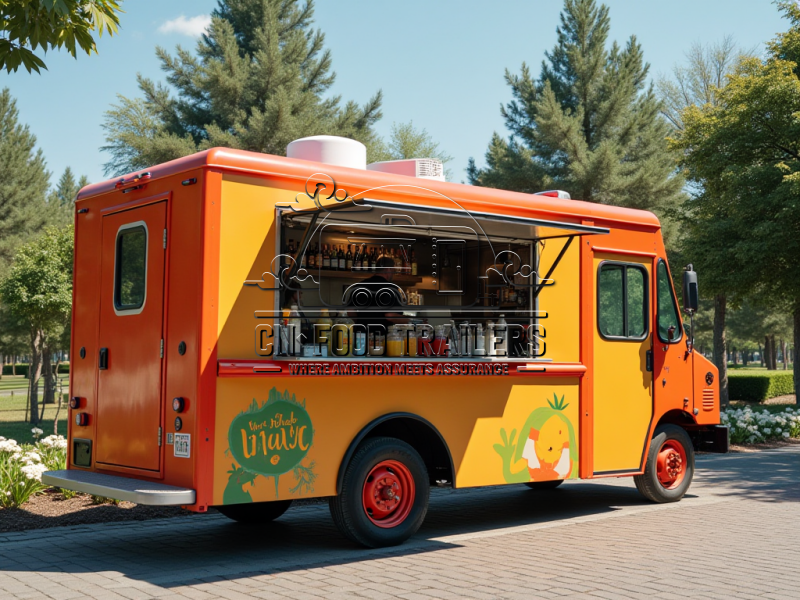

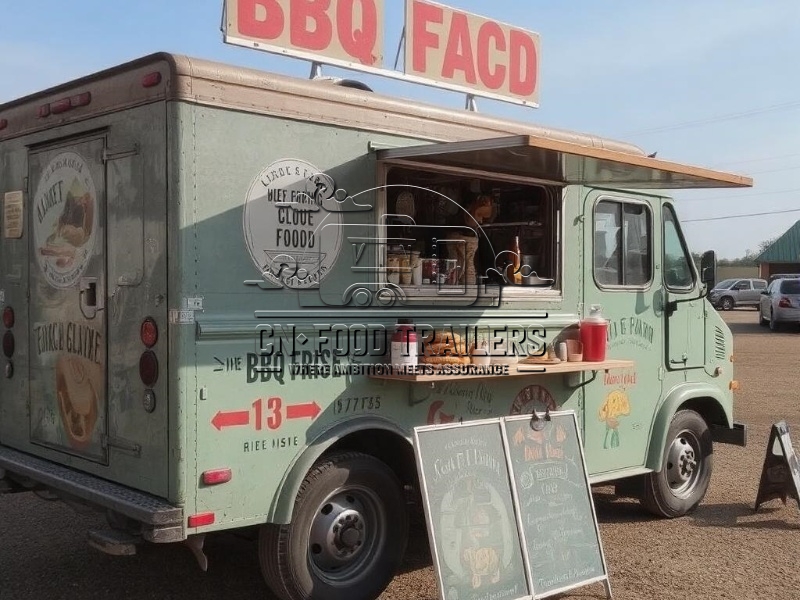
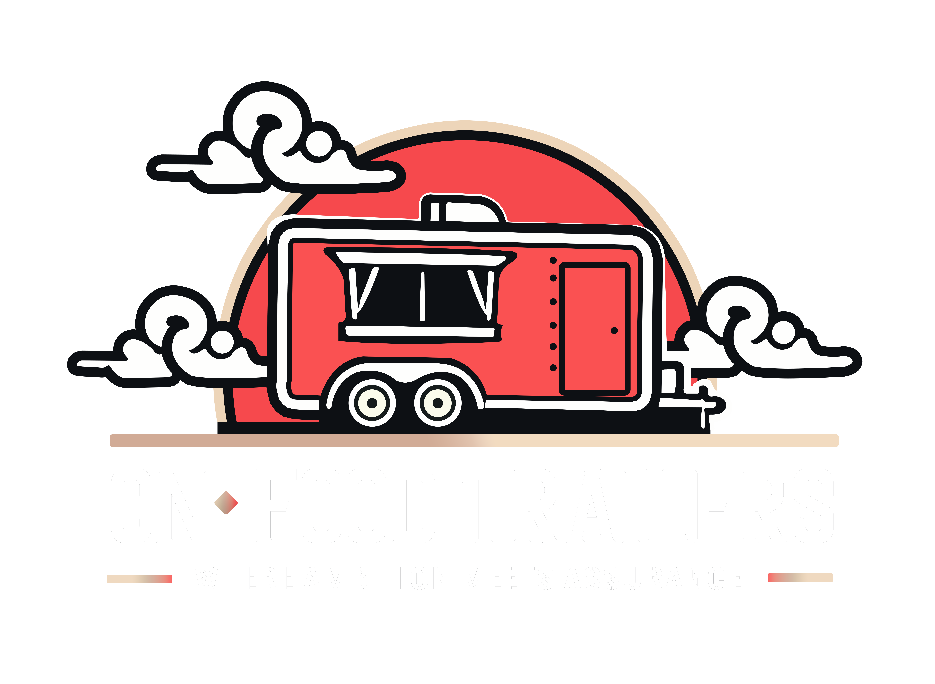
Leave A Comment